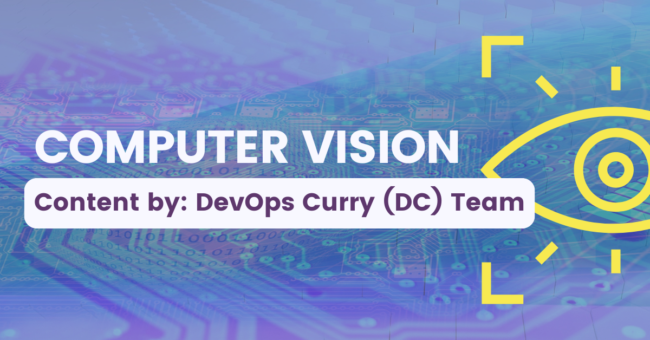In this article, we will be talking about what is computer vision, the technologies that support it, and its applications.
Introduction to Computer Vision
Image credits: The Power of Computer Vision in AI: Unlocking the Future!
Computer vision, to speak in simplest terms, is how computers see. One of the most common examples is the face unlock feature on your mobile. You first register your face with your mobile, where it captures some of the facial features unique to you. It then tries to match this stored facial data to your face the next time you try to face-unlock it. If your face matches it, it unlocks itself, otherwise it doesn’t. The whole of this process requires your mobile to process visual data although it appears as if it is ‘seeing’. This capability is enabled by computer vision.
IBM defines computer vision as “…a field of artificial intelligence (AI) that uses machine learning and neural networks to teach computers and systems to derive meaningful information from digital images, videos and other visual inputs—and to make recommendations or take actions when they see defects or issues. “ It’s a long and technical definition. To understand this field better, let’s learn about how it works first.
How does Computer Vision Work
Computer vision functions using AI and machine learning algorithms like CNN. Let’s get a brief idea of them one by one.
Deep Learning
Deep learning is a subset of machine learning which further is a subset of artificial intelligence. It is an advanced version of machine learning that can mimic the human brain and its decision-making process. Deep learning works using an interconnected network of nodes that resembel the network of neurons in a human brain. It enables CV models to work autonomously and gain context for the visual data once sufficient training data is provided.
Convolutional Neural Network (CNN)
Convolutional neural networks or ConvNets or CNNs are a type of deep learning model that are specially designed to support Computer Vision. It allows CV models to extract features associated with an object, thus helping them identify an object. Before CNNs, these features were extracted manually and provided to the CV model in the form of labeled data. Therefore, CNNs help save a lot of time and manual effort.
The steps involved in computer vision processing can be summarized as follows:
Computer Vision Tasks
CV models can perform one or more of the following tasks…
- Image classification: In image classification, a computer is able to classify images or objects in an image into different classes. For example, a computer with CV capabilities may be able to distinguish humans from animals or non-living objects in an image.
- Object detection: Object detection uses previously classified objects to detect them in images. It is used in smart factories to detect damage to equipment. It is also used in surveillance cameras to detect suspicious persons or activities.
- Object tracking: Object tracking uses object classification and detection to locate an object belonging to a particular class, and track it in real-time videos. It is used, for example, in monitoring traffic.
Real-world Applications of Computer Vision
- Healthcare: Computer vision is used for diagnostic analysis of medical images like X-rays, MRI, or CT scans. It helps in detecting potential tumors (cancerous cells) or any other anomalies.
- Manufacturing: In the manufacturing industry, computer vision may be utilized for automated inspection of equipment. It may also be used for monitoring adherence to safety protocols like detecting helmets or masks.
- Autonomous cars: Computer vision is a key component of self-driving cars. It enables such vehicles to scan their environment for pedestrians, traffic, and potential hazards.
- Augmented Reality and Virtual Reality: Computer vision enables AR/VR systems to integrate virtual objects into the real world, thus, improving the gaming experience
Challenges in Computer Vision
- Real-word images are far more complicated than training data. Variations in lighting and occlusion (i.e. the object is partially hidden from the camera’s view) can affect the accuracy of computer vision.
- CV models require large amounts of labeled training data. Labeling can be a labor-intensive task that requires a considerable amount of time.
- Facial recognition and AI-powered computer vision in surveillance cameras can raise concerns regarding privacy and data breaches.
Conclusion
Computer vision is a rapidly advancing field that allows machines to ‘see’ and interpret the world visually, almost like humans. By using technologies like deep learning, CNNs, and AI, computer vision has found its applications across industries, from healthcare and manufacturing to autonomous vehicles and augmented reality. However, as impressive as it sounds, computer vision has its own set of limitations. Real-world environments which are much more dynamic and complex than training data, can still be difficult for CV models to process. Privacy and data leakage concerns are also important challenges that need to be addressed.

